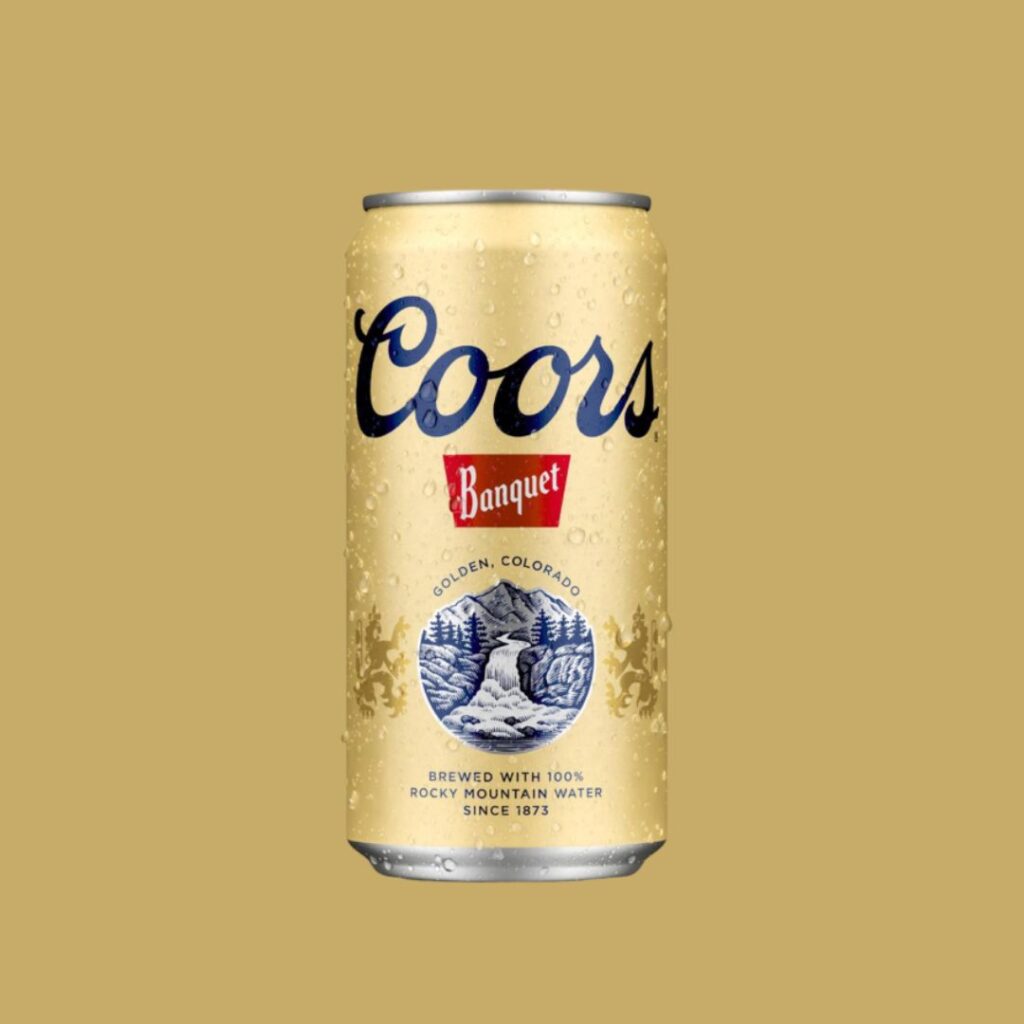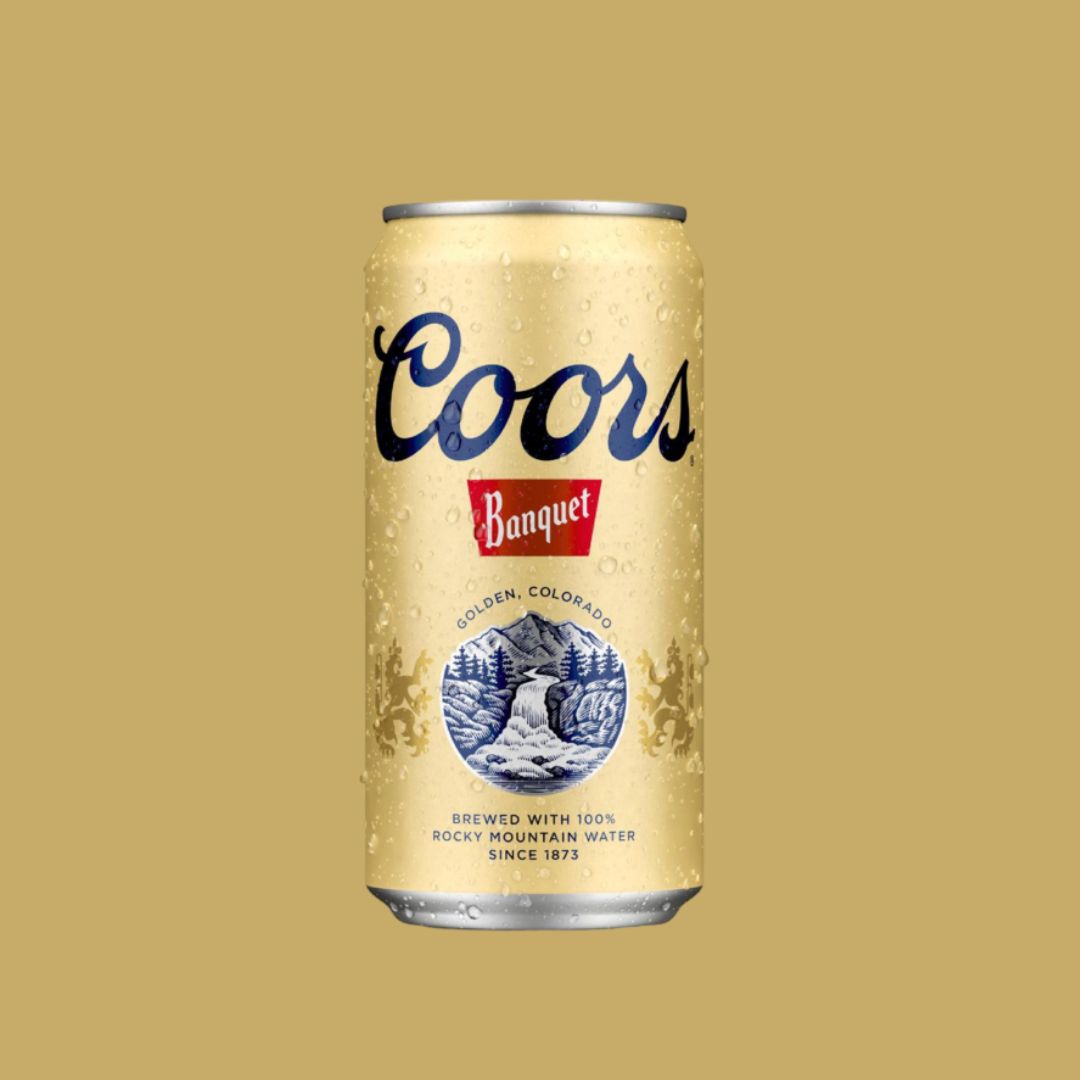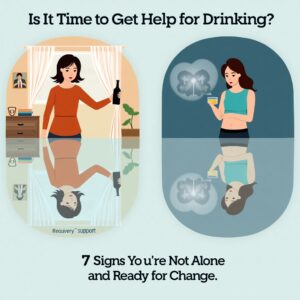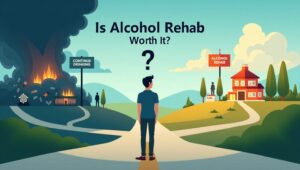
Champagne Alcohol Percentage: 12% ABV
When you think of celebrations, what’s the first image that pops into your mind? For many, it’s the sound of a champagne cork popping, followed by the fizz and sparkle of golden bubbles dancing in a flute glass. Champagne isn’t just a drink—it’s a symbol of joy, elegance, and achievement.
But beyond the glamour and glitz, one of the most common questions people ask is:
“What’s the alcohol percentage in Champagne?”
The answer is simple: Most champagnes contain around 12% ABV (Alcohol by Volume). Some premium vintages may go slightly higher, around 12.5%, but generally, Champagne holds its place as a moderately strong sparkling wine.
Let’s dive into what that number really means, how different brands compare, and what makes Champagne such a beloved beverage worldwide.
Understanding Champagne and Its Alcohol Content
What Does 12% ABV Mean?
Alcohol by volume (ABV) tells you how much of a drink’s total volume is pure alcohol. So if you’re drinking a glass of Champagne with 12% ABV, 12% of that glass is ethanol.
For context:
Beer typically ranges between 4%–6%
Wine averages between 12%–14%
Spirits like vodka or whiskey sit much higher at 35%–50%+
So Champagne, at 12%, is stronger than beer but generally lighter than most still wines. That’s part of its charm—it’s strong enough to feel celebratory but smooth enough to enjoy multiple glasses (responsibly, of course).
Top Champagne Brands and Their Alcohol Content
Let’s take a closer look at some of the most popular Champagne houses and what alcohol percentage they carry. Spoiler alert: Most of them stay true to the 12% ABV mark.
| Champagne Brand | Alcohol Percentage (ABV) |
|---|---|
| Moët & Chandon Brut Imperial | 12% |
| Veuve Clicquot Yellow Label Brut | 12% |
| Dom Pérignon Vintage | 12.5% |
| Krug Grande Cuvée | 12% |
| Taittinger Brut Réserve | 12% |
| Perrier-Jouët Grand Brut | 12% |
| Bollinger Special Cuvée Brut | 12% |
| Louis Roederer Cristal | 12% |
| Laurent-Perrier Brut | 12% |
| Pol Roger Brut Réserve | 12% |
| Ruinart Blanc de Blancs | 12.5% |
| Charles Heidsieck Brut Réserve | 12% |
| Mumm Cordon Rouge Brut | 12% |
| Piper-Heidsieck Brut | 12% |
| Jacquart Brut Mosaïque | 12% |
| Lanson Black Label Brut | 12.5% |
| Ayala Brut Majeur | 12% |
| Deutz Brut Classic | 12% |
| Henriot Brut Souverain | 12% |
| Gosset Grande Réserve Brut | 12% |
As you can see, consistency is key. The 12% ABV seems to be the sweet spot for Champagne—enough to keep it refined and lively, but not overpowering.
Why Champagne Is Typically 12% ABV
There’s actually a science (and tradition) behind why Champagne sits at around 12% ABV.
1. Natural Fermentation Process
Champagne goes through two fermentations:
The first creates the base wine.
The second happens in the bottle, producing bubbles.
This process builds up the alcohol content naturally, and Champagne makers have perfected the method to reach a balanced 12%.
2. Balanced Bubbles and Body
Too much alcohol would overpower the delicate bubbles and flavors. Too little, and it wouldn’t feel festive. At 12%, Champagne retains its light, airy texture while still delivering that celebratory kick.
3. Legal Standards
French laws and AOC (Appellation d’Origine Contrôlée) regulations for Champagne require strict controls over how it’s produced, including ABV ranges. This maintains quality and tradition across the region.
Is Champagne Stronger Than Other Sparkling Wines?
Not necessarily. Sparkling wines from Italy (like Prosecco) or Spain (Cava) typically hover around 11% to 12.5% ABV as well.
However, Champagne is often considered more complex and structured due to its unique production process, aging, and grape blend (usually Pinot Noir, Pinot Meunier, and Chardonnay).
So while the alcohol level may be similar, the experience of drinking Champagne is often richer.
Tasting Champagne: What 12% ABV Feels Like
If you’re not used to drinking, 12% ABV can hit harder than you think—especially on an empty stomach.
What You Might Feel:
First glass: Light buzz, relaxed
Second glass: Warmth, loosened mood
Third+: Slight dizziness or tipsiness (time to hydrate!)
Pro Tip: Sip slowly, pair it with food, and enjoy the moment. Champagne isn’t meant for chugging—it’s for savoring.
Different Styles of Champagne and ABV Consistency
Whether it’s a Brut, Extra Dry, or Rosé, most styles of Champagne still fall in the 12%–12.5% ABV range.
Here’s a quick style breakdown:
Brut (Extra Dry): The most common style, crisp and dry. 12% ABV.
Demi-Sec: Slightly sweeter, also ~12% ABV.
Rosé Champagne: Fruity and floral. ABV is usually 12%.
Vintage Champagne: Aged and made from grapes of a single year, may reach 12.5% ABV.
So even as flavor and sweetness vary, alcohol levels remain quite steady.
Bottle Sizes: Same Champagne, Same Strength
One thing to know: ABV stays the same regardless of bottle size.
Miniature (187ml): Same 12% ABV
Standard (750ml): 12% ABV
Magnum (1.5L) and larger: Still 12% ABV
So whether you’re sipping from a cute mini bottle or pouring from a massive magnum at a wedding, you’re getting the same strength in every glass.
Why Champagne Feels Stronger Than It Is
Ever felt tipsy quicker after a couple of sips of Champagne compared to still wine? You’re not imagining things.
The bubbles actually accelerate alcohol absorption. Studies have shown that the carbon dioxide in Champagne increases the rate at which alcohol enters your bloodstream.
So that 12% ABV can feel like more. That’s why it’s wise to pace yourself, especially if you’re celebrating on an empty stomach.
Is 12% ABV Safe for Everyone?
Champagne is relatively moderate in strength, but moderation is always key.
Here’s a basic guideline:
Men: Up to 2 glasses (150ml each) per occasion
Women: 1–2 glasses
Pregnant women and people on certain medications: Best to avoid
Alcohol affects everyone differently based on weight, metabolism, and food intake. Always know your limits and drink responsibly.
Final Thoughts: A Toast to 12% Elegance
There’s a reason Champagne has retained its magical status over centuries. It’s not just the taste, the bubbles, or the luxury branding—it’s the perfect balance of everything, including alcohol content.
At 12% ABV, Champagne hits the sweet spot: enough alcohol to toast and celebrate with excitement, but smooth and elegant enough to enjoy sip by sip.
Whether you’re popping a bottle of Moët, Veuve Clicquot, or Dom Pérignon, you’re not just drinking sparkling wine—you’re embracing a time-honored tradition that has been crafted to perfection.
So next time you hear that celebratory pop, raise your glass and remember—it’s not just about how strong it is, but how beautifully it’s made. Cheers to Champagne, and cheers to 12% done right!







